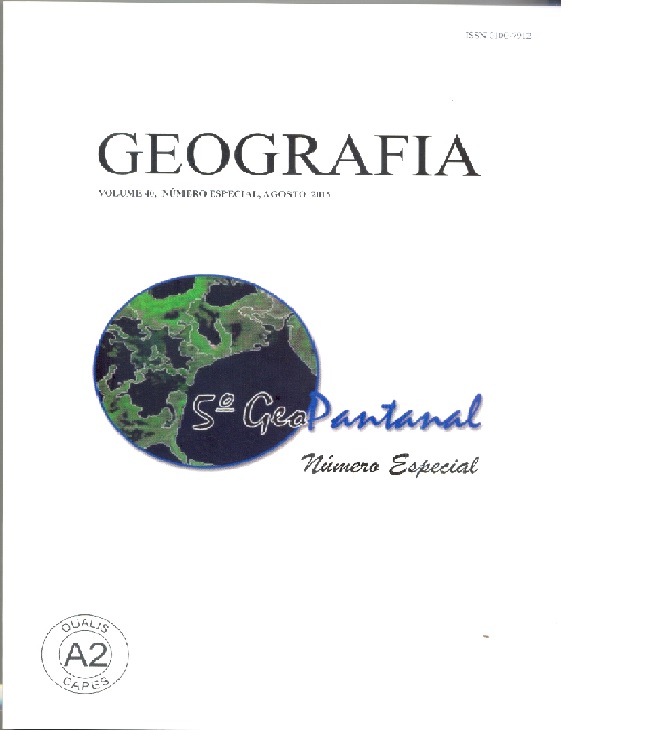GEOTECHNOLOGIES APPLIED TO DISEASE RISK ANALYSIS RELATED TO THE ENVIRONMENT IN THE UPPER PARAGUAI WATERSHED, FROM 2007 TO 2011
Resumo
Diseases transmitted by vectors are an important cause of morbidity and mortality in Brazil and in the World, being frequently limited by environmental variables. The objective of this study is to apply geotechnologies to evaluate the infection risk by vector diseases in the municipalities of the Upper Paraguai Watershed in the period 2007 to 2011. Information on notifications from Dengue, Schistosomiasis, American cutaneous leishmaniasis, Visceral leishmaniasis and Malaria, were used. A medium detection coefficient was formulated for each disease during the years under study and the Index on Priority of Attention to classify the risk of illness from the local population. It was found out that Dengue presented high to very high Indices on Priority of Attention, followed by American cutaneous leishmaniasis, Visceral leishmaniasis, Malaria and Schistosomiasis. For the environmental variables 56 municipalities were identified with more than 50% of its areas devoid of vegetation cover and 31 with deforested áreas above 80%. The highest temperatures registered occurred in the municipalities of the Upper Paraguai Watershed in Mato Grosso state. One must consider that there are many factors which influence the dynamics of diseases transmitted by vectors, but the impacts generated by human action on the environment enable a higher risk to infection within the populationDownloads
Publicado
Edição
Seção
Licença
Os autores mantém os direitos autorais e concedem à GEOGRAFIA o direito de primeira publicação, com os artigos simultaneamente licenciados sob a Licença Creative Commons BY 4.0, que permite o compartilhar e adaptar os artigos para qualquer fim, desde que sejam dados os créditos apropriados e as disposições dos direitos de imagem, de privacidade ou direitos morais. Outras atribuições legais podem ser acessadas em: https://creativecommons.org/licenses/by/4.0/legalcode.en.
Geografia, Rio Claro, SP, Brasil - eISSN 1983-8700 está licenciada sob a Licença Creative Commons BY 4.0





